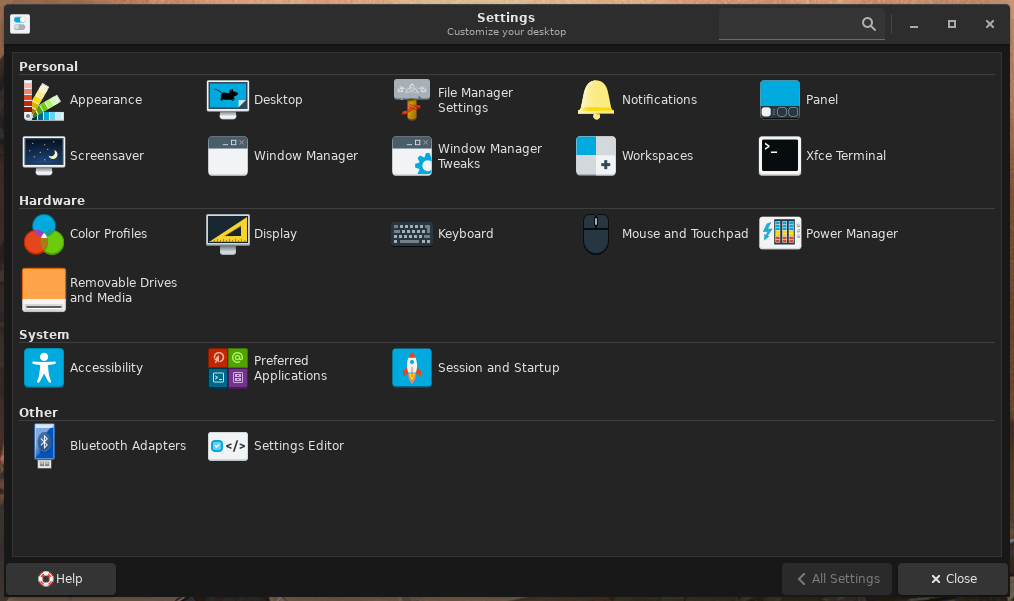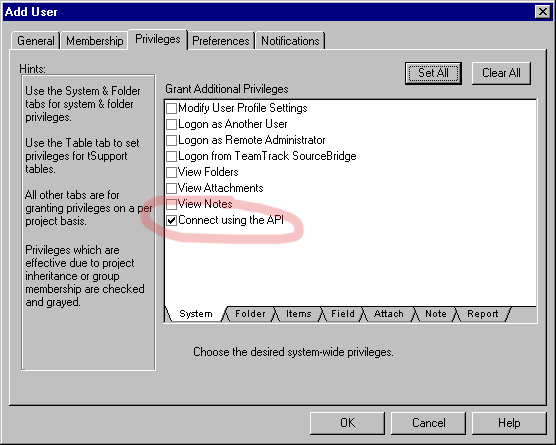

TestRail allows you to customize the fields which appear when hovering over Defect IDs. The Bugzilla defect plugin was built to work with a standard Bugzilla configuration.
#Migrate bugzilla to new server password
These credentials may be a combination of an email address or username with a password or API key.Ĭustomization features are only available with the ‘Bugzilla_REST’ plugin, available with TestRail 6.5 or later. or you can insert User Variables to allow each TestRail user to configure their own credentials. You can enter a single set of credentials here for all Bugzilla users. The Defect Plugin utilizes Bugzilla’s API, so valid credentials are needed to connect to the API. You can also configure the integration for a specific project by editing a project’s settings. The next step is to configure all the necessary connection settings in the category. To configure the defect plugin, select Administration > Integration and select Bugzilla in the Defect Plugin drop-down list. Defect pluginĭefect plugins can be used to implement a deeper bug tracker integration and TestRail comes with a ready-to-use Bugzilla defect plugin.
#Migrate bugzilla to new server how to
Keep reading to learn how to use and configure the Defect and Reference Plugins. If you have the Reference plugin configured, you’ll also be able to hover over a Reference ID to view the issue details directly from within TestRail. If you use the ‘Add’ link, you can copy the ID of your new Bugzilla issue and enter it into any Defects or References field inside TestRail. Once configured, an ‘Add’ link will appear next to each References field in your instance or project.

The Reference Add URL is also configured in the same way as the Defect Add URL. The Reference View URL is configured in the same manner as described above and allows TestRail to create a direct link to a Bugzilla based on an ID entered into a References field. The primary difference is Reference URLs are used for the ‘References’ field on various TestRail entities (instead of the Defects field).

The reference URLs are implemented in a very similar manner to Defect URLs described above. If you have the defect plugin configured, you’ll also be able to hover over the defect ID to view the issue details directly from within TestRail. Use the following example URLs to configure the addresses: Bugzilla installationĭefect View Url: Defect Add Url: Please make sure to replace with the actual address of the Bugzilla you want to integrate with. You can configure Bugzilla’s URLs in TestRail globally under Administration > Integration or on a per-project basis within any project’s settings. If you see the ‘Add’ link, you can copy the ID of your new Bugzilla issue and enter it into any Defects or References field inside TestRail. This link allows you to jump to Bugzilla’s New Issue form to report a new bug. Once the URL is configured, a new Add link appears next to the Defects field in the Add Test Result dialog and the ‘Defects’ menu in TestRail’s Push Defect From Anywhere feature. The Defect Add URL is used to create a link to the issue creation screen inside Bugzilla. The Defect View URL is used to build a link to Bugzilla based on the Defect ID, so you can simply click on an ID to open the issue directly in Bugzilla. There are two types of URLs: View URLs and Add URLs. The defect URLs are used to let TestRail know how to convert a Defect ID into a URL for your Bugzilla instance. This guide explains how to configure the integration and how it works. Configuring the integration usually only takes a few minutes. You don’t have to use all the listed integration options, and you can mix and match the integration with other tools.

There are currently three ways to integrate TestRail with Bugzilla, namely: This topic explains how to integrate TestRail with Bugzilla.


 0 kommentar(er)
0 kommentar(er)
